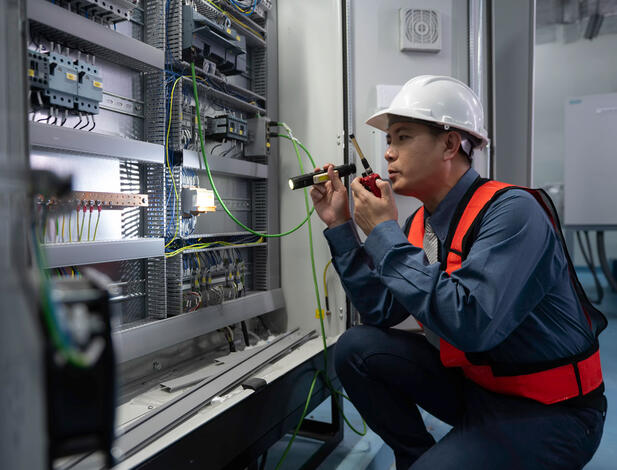Program Overview
This course provides a basic understanding of electronic components, e.g. diodes and transistors, and the various types of circuits and devices employing these components. The semiconductor theory that explains their operation is discussed. Digital logic gates and computer fundamentals are also covered. An overview of telecommunications systems including Digital Signal Processing performed on voice and data signals before being transmitted (A/D conversion, modulation, line encoding, and multiplexing) and the description of transmission media currently in use (copper pair, optical fibers, wireless over air interface) are provided. T-carrier system and SONET standards and related hierarchies are also introduced. The course includes hands-on labs designed to reinforce the concepts learned throughout the course.


